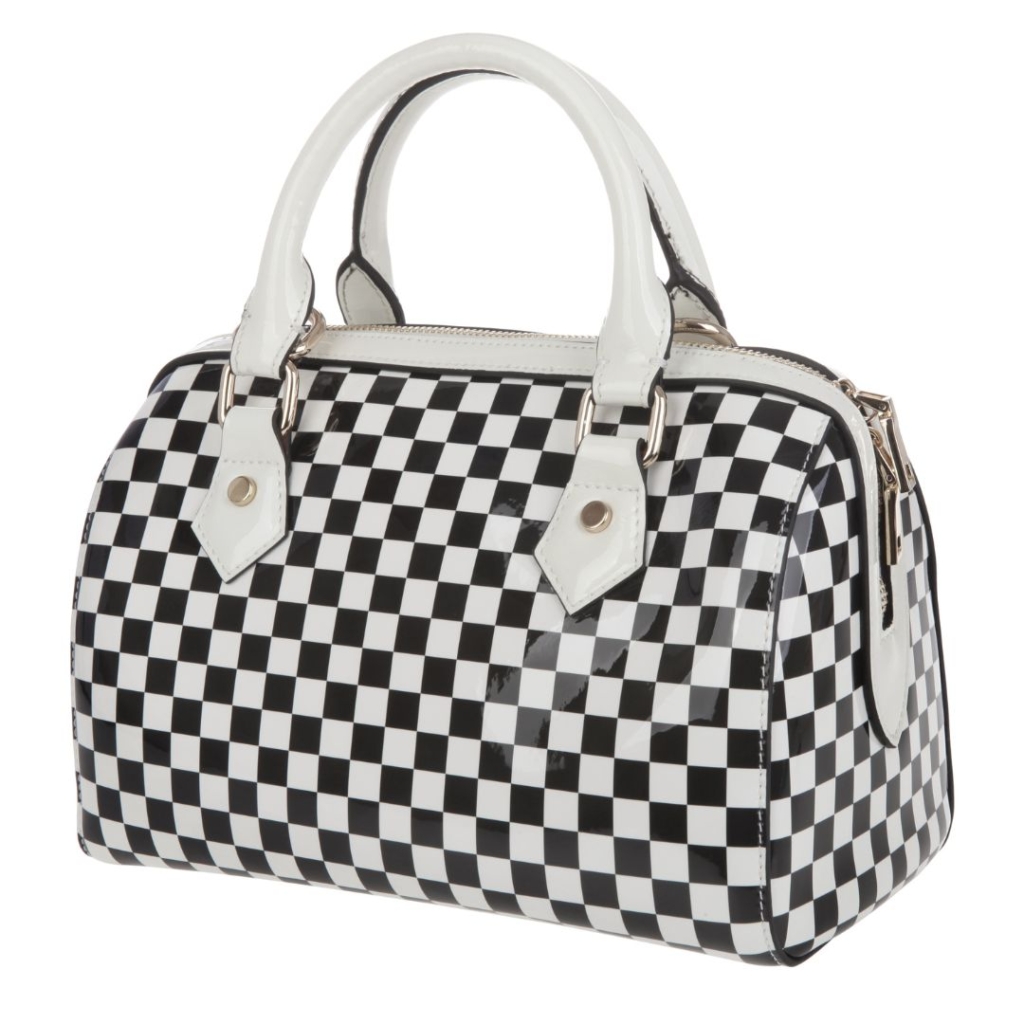Overview:
Louis Vuitton and Prada created international stirs over a trademark applications for patterns. How might consumer surveys help regulators and brands draw distinctions?
Patterns of Protection
In 2022, the prominent Italian fashion house Prada filed for trademark protection for a specific pattern with the European Union Intellectual Property Office (EUIPO). Prada’s triangle logo is already protected, but its new submission was a pattern of triangles that might be used on clothing or accessories. The submission was initially rejected, because the EUIPO and the EUIPO Board of Appeal claimed it lacked inherent distinctiveness. The EUPIO argued that, without additional signifiers, basic black-and-white triangle patterns are commonplace in design and therefore do not warrant protection.
Another famed fashion house, Louis Vuitton, also faced a pattern protection challenge. In October of 2022, its chequerboard pattern trademark was canceled. The EUPIO said that the pattern had not acquired distinctiveness through use in all of the European member states at issue.
EU and US Approaches to Acquired Distinctiveness
The Prada and Louis Vuitton cases demonstrate that no type of distinctiveness evidence is a slam dunk. In the Prada case, the company argued only that the pattern was inherently distinctive; it did not attempt to prove acquired distinctiveness through consumer surveys or other market-based evidence across the EU. EUIPO found that the triangle pattern in question was not inherently distinctive.
By contrast, Louis Vuitton attempted to prove acquired distinctiveness for its checkerboard pattern. Still, the EU General Court ruled that the evidence provided was persuasive in some EU member states but not all, and, therefore, was insufficient to establish EU-wide consumer recognition.
These decisions show that the EUIPO requires evidence to be local and extensive for the member states at issue. Although the “member states” in the United States are the states of the Union, which are linked by a common culture and federal government, the underlying principle is similar: Survey evidence must be applicable to the issue at hand. If, for example, the issue is a trademark for a regional chain, the survey should interview only respondents who live in that chain’s area of service. The appropriate set of consumers can also change according to the type of survey at issue—but it’s vitally important to get it right. Like EUIPO and its Board of Appeal, US courts may reject surveys that use an incorrect “universe” of respondents. After all, as one survey commentator put it, “A survey that provides information about a wholly irrelevant population is itself irrelevant.”
When determining whether a mark has acquired distinctiveness, US federal courts and the US Patent and Trademark Office (USPTO) consider consumer surveys alongside other forms of evidence. Consumer surveys are especially useful when disputes arise, and the US legal system has established and accepted formats for conducting consumer surveys. Surveys are important in US trademark litigation and may play a decisive role in strategy and decision-making.
The Importance of Distinctiveness and the Role of Secondary Meaning in Consumer Surveys
When consumers recognize a particular design, shape, color, or motif as an indicator of the product or service’s origin, that design element is said to have secondary meaning, also known as acquired distinctiveness. Consumer perception is central to determining whether a design element has secondary meaning. Consumer surveys can measure how the public perceives that element.
Secondary meaning surveys are sometimes submitted as part of applications to register marks, or in the event of a dispute. Regardless of venue, surveys still provide a reliable form of proof. Global commerce and brand expansion show no signs of slowing down, and fashion houses must document, measure, and protect their visual identities.
Globalization Patterns of Protection and Consumer Perception
Globally renowned fashion houses cannot rely solely on their reputations and history to secure international trademark protections. Consumer surveys targeted to the right consumers can help. If you require consumer perception research that shows evidence of acquired distinctiveness in the United States, contact MMR Strategy Group, an IMS Legal Strategies company.
